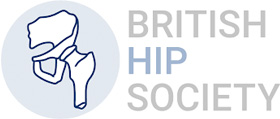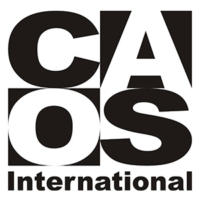Prevention of blood clots and their consequences
1. MECHANICAL: Improving blood flow in the legs – this reduces the stagnation of blood, which is what allows clots to form.
- Spinal or epidural anaesthetic - This is left to the discretion of the anaesthetist.
- Compression stockings - These can be worn for up to six weeks after the operation.
- Early mobilisation - Physiotherapists, nurses and doctors will insist that the legs are used as soon as possible after the operation.
- Foot pumps - A slipper on the foot squeezes every twenty seconds, thus flushing the blood out of the feet and up the leg.
- Calf compression - A cup around the calf intermittently squeezes the calf, thus emptying the calf of blood and forcing it further up the leg into the general circulation.
2. MEDICATION: Anti–coagulant medication – this reduces the clotting ability of the blood. Although anti–coagulant drugs reduce the chance of clot formation they carry a slight increased risk of causing bleeding from the wound.
- Aspirin - Aspirin can be used to reduce blood clots following a THR.
- Low molecular weight Heparin - An injection is given once a day under the skin until discharge from hospital. No blood tests are required.
- Warfarin - Tablets which are given to thin the blood and may be required for three months or more. Regular blood tests are necessary to ensure that the dose is correct.
- Fondaparinux - A synthetic inhibitor of Factor Xa. This drug is highly selective for its target and is efficacious in reducing blood clots.
There are advantages and disadvantages for each of these methods. The surgeon will consider these when advising which combination should be used for any particular/individual patient.
It should be noted that the National Institute of Clinical Excellence’ view on thromboprophlaxis is that patients undergoing orthopaedic surgery should be offered low molecular weight heparin (LMWH).






